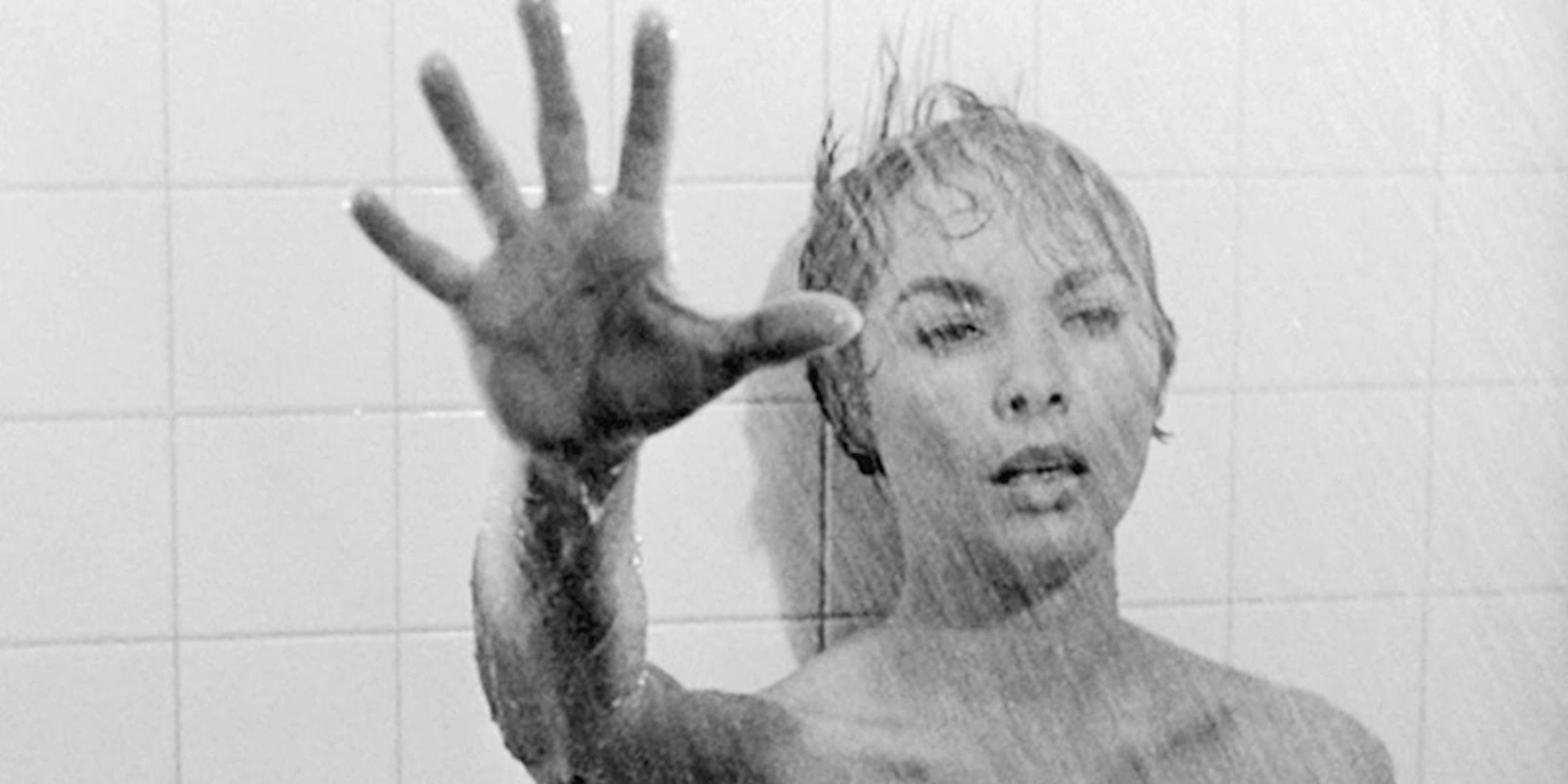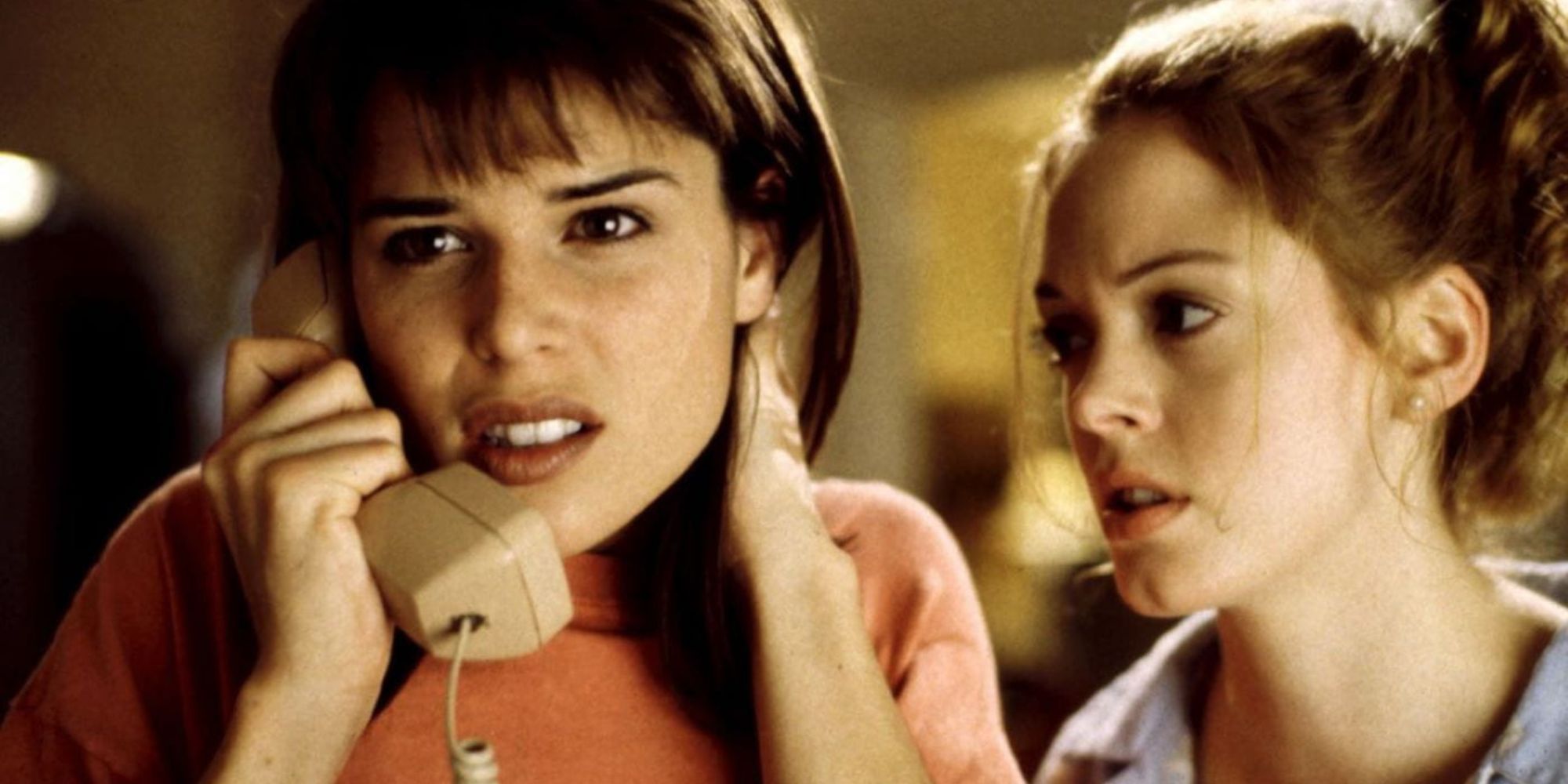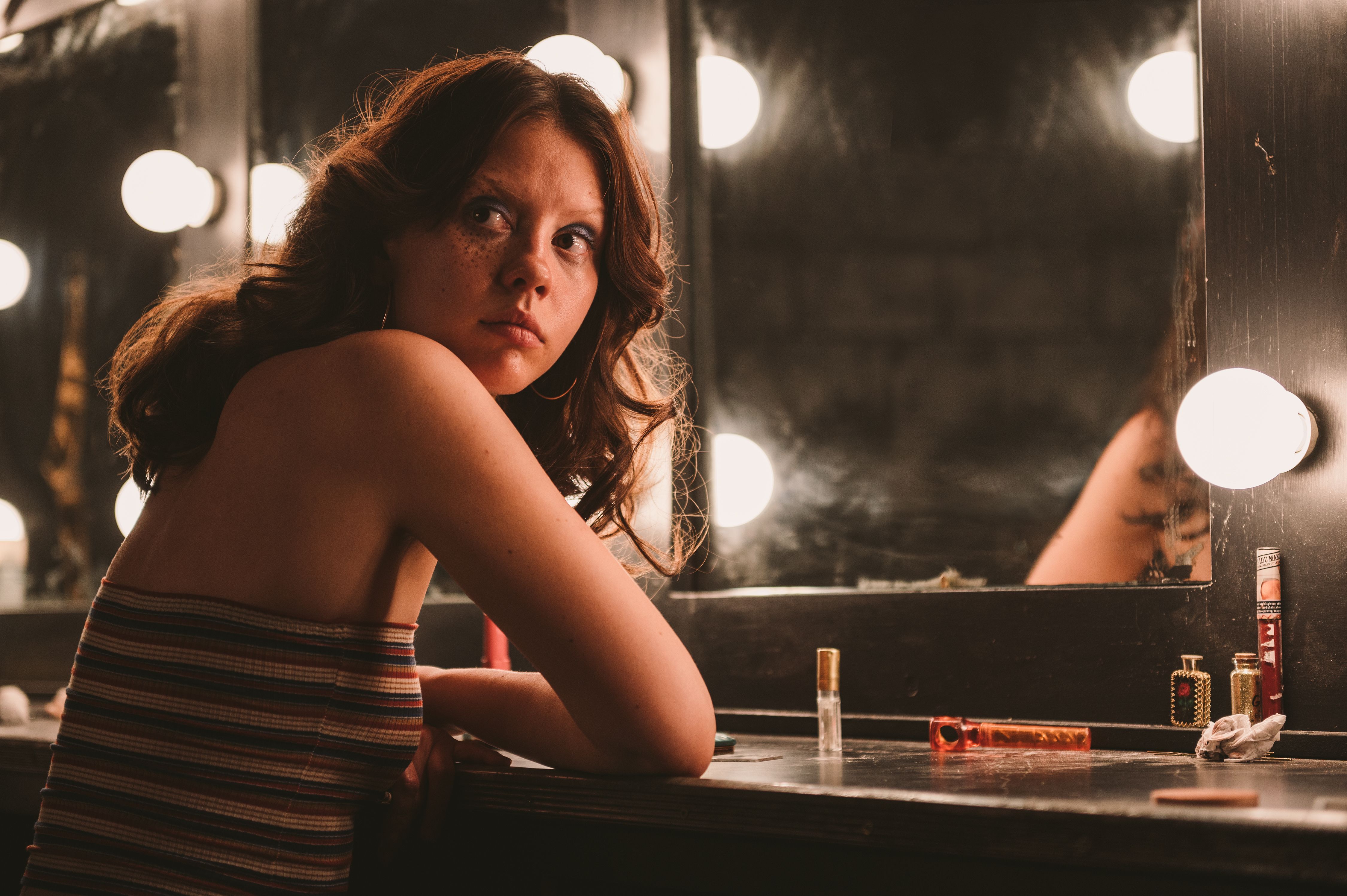Shock and subversion have been a couple of the central tenets of horror since its inception. There has always been a lot of emphasis on putting things on screen that were both blasphemous yet strangely enticing. With horror’s counter-cultural roots in mind, it’s no surprise that a large part of its efforts to tantalize audiences has relied on nudity as much as it has on severed limbs. In the 1970s and 80s, American horror films were chock-full of oodles of naked bodies splayed across a large number of scenes. This increase in excessive displays of nudity coincided with the end of the oppressive Hays codes in 1968.
The Hays codes were industry guidelines that acted as a sort of moral code. Under these codes, films couldn’t engage with profanity, nudity, sex, graphic violence, or pretty much anything horror films are known for today. With this newfound freedom in mind, horror films were able to push the limits of what could be shown in mainstream cinema. Subtlety and suggestive implications were out and a severe lack of clothing was in. If there was any excuse for boobs to take center stage, these films never hesitated to seize the opportunity.
The days when Hitchcock’s infamous shower scene in Psycho was considered scandalous were long gone. Slashers, thrillers, and splatter films alike would use scantily clad women as ways to get more notoriety and even more people into seats. As they say, any publicity is good publicity! Eventually, it became such an expectation that sex and nudity would be present within horror that its presence became well-known as a way to predict a character’s untimely fate. Such formulaic approaches to nudity birthed the concept of the “final girl,” the virginal woman who could manage to keep her clothes on and would always live another day to tell the tale.
Nudity Then
More recently, however, horror films have found that excessive nudity doesn’t quite shock audiences as much as it used to. Nudity in horror films was a dime a dozen and did not necessarily work to differentiate one film from another. In other words, it is pretty safe to say audiences needed much more effort to shock. Eventually, it ironically became even more shocking to simply suggest or completely avoid nudity rather than just show it. In addition to this, gratuitous nudity on screen is just no longer as much of a pushback against mainstream film production as it once was.
Instead, the late 80s and 90s began a trend toward horror becoming more self-referential toward its own tropes. It slowly became more subversive to withhold nudity rather than exploit it. Sex and sexuality slowly became less of a death sentence and more of an effective plot device. Final girls like Sidney Prescott could finally lose their virginity and, minutes later, kick the killer’s ass. By the same token, nudity became much more of a statement rather than an expectation. In this way, horror has slowly become more purposeful in its use as either a commentary on the genre’s history with it or as a central component to the plot rather than nudity for nudity’s sake.
One of the shining examples of these phenomena is the differences between 1982’s Slumber Party Massacre versus its 2021 remake of the same name. Renowned feminist and novelist, Rita Mae Brown wrote the screenplay for the original film in which her main goal was to write a parody of the American slasher film. Instead, due to studio meddling, her screenplay was reconfigured to resemble a more traditional horror film. Because of this, the film’s execution came off as a bit disjointed, albeit lovable, from its original intention versus its execution. It has since become a camp classic, but many critics felt as though its gratuitous nudity distracted from the main points of the film. 2021’s remake took the satirical elements of the original and exaggerated them to add more pointed commentary on famous slasher tropes. More specifically, the film transposed infamous hyper-feminine coded film clichés such as shower scenes and pillow fights onto men to highlight their contextual ridiculousness. This update from the original managed to mostly keep the clothes on while still retaining the spirit of its predecessor.
Nudity Now
Though many horror films have realized that nudity isn’t always totally necessary, that is not to say that it is completely absent either. Instead, nudity is now reserved to make a greater impact when it actually does appear on the screen. Recently, Ti West’s X utilized nudity and scantily clad actors to comment on how sex and sexuality are only palatable when enjoyed by younger bodies. Alternatively, Damien Leone’s 2016 film Terrifier came under a lot of heat largely due to Catherine Corcoran’s nude hacksaw death scene about which she recently wrote an incredibly insightful article. Interestingly enough, Lauren LaVera (the star of Terrifier 2) got into a tiff with fans on Twitter who complained about the second installment’s perceived lack of nudity despite the inclusion of a graphic mutilation of a man’s penis. In this way, nudity has taken a much more purposeful and meditative role within the genre even when such approaches seem to come off as the complete opposite.
When it comes to nudity in horror, the “less is more” attitude has undoubtedly produced a greater result when audiences are confronted with disturbing images that make them confront why exactly violence done unto nude bodies, in particular, produces a much more visceral response. In many ways, the reduction of emphasis on gratuitous nudity within the genre has allowed for such instances where it is used to more greatly impact viewers. There’s undoubtedly a huge difference between the group of barely dressed young coeds in 1987’s Blood Diner and the demise of the elderly cult members in Ari Aster’s Midsommar. The notable decrease in nudity within the genre isn’t because it has become prudish, but because it has grown to recognize the power nudity holds regarding story building even more so than it did before. Nudity in horror is still alive and well, it's just that it isn’t so concerned with being sexy anymore.




